The next-generation Citroën C3 will arrive early next year as a spiritual successor to the 2CV, having been developed to bring electric motoring to the masses.
The all-new ë-C3 will cost just €23,300 (£20,100) at launch, comfortably undercutting all but the cheapest Chinese alternatives on the continent.
Autocar understands UK pricing will start between £22,000 and £23,000 – significantly less than the £25,490 BYD Dolphin, the cheapest EV currently available in the market.
An even cheaper version with a smaller battery will join the line-up in 2025, priced at €19,990 (£17,250), although Citroën has yet to confirm whether this will be offered in the UK.
Citroën insiders told Autocar they believe it to be the most affordable “proper” electric car on the market, noting that it’s a full-size five-seater, unlike the rival Dacia Spring Electric.
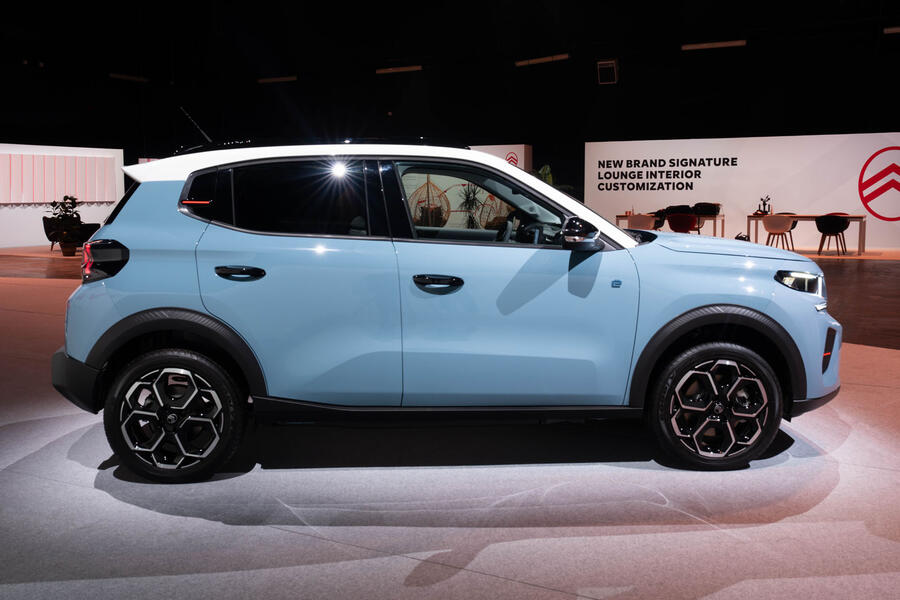
Key to achieving such keen pricing was the use of the cost-effective Smart Car platform, which was originally reserved for the separate ‘CC21’ C3 sold in India and Latin America.
Although the new Europe-bound C3 was conceived as an EV, this platform can support a combustion powertrain if there is sufficient demand (as was the case in the UK with the C4 X), and Citroën has left enough room beneath the bonnet for a petrol engine. A Citroën UK spokesperson confirmed to Autocar that the combustion C3 will target a starting price below £15,000, making it a rival to the Dacia Sandero.
The Smart Car platform was adapted to satisfy European regulations, gaining a stronger crash structure (the CC21 C3 infamously scored zero stars in Latin NCAP safety testing), and was given a host of tweaks to improve refinement, while the battery compartment under the rear seat bench was changed from a T-shape to a square to improve capacity.
The supermini will arrive with a 44kWh lithium-iron-phosphate (LFP) battery pack, giving it a range of 199 miles. The €19,990 variant will offer a range of 124 miles.







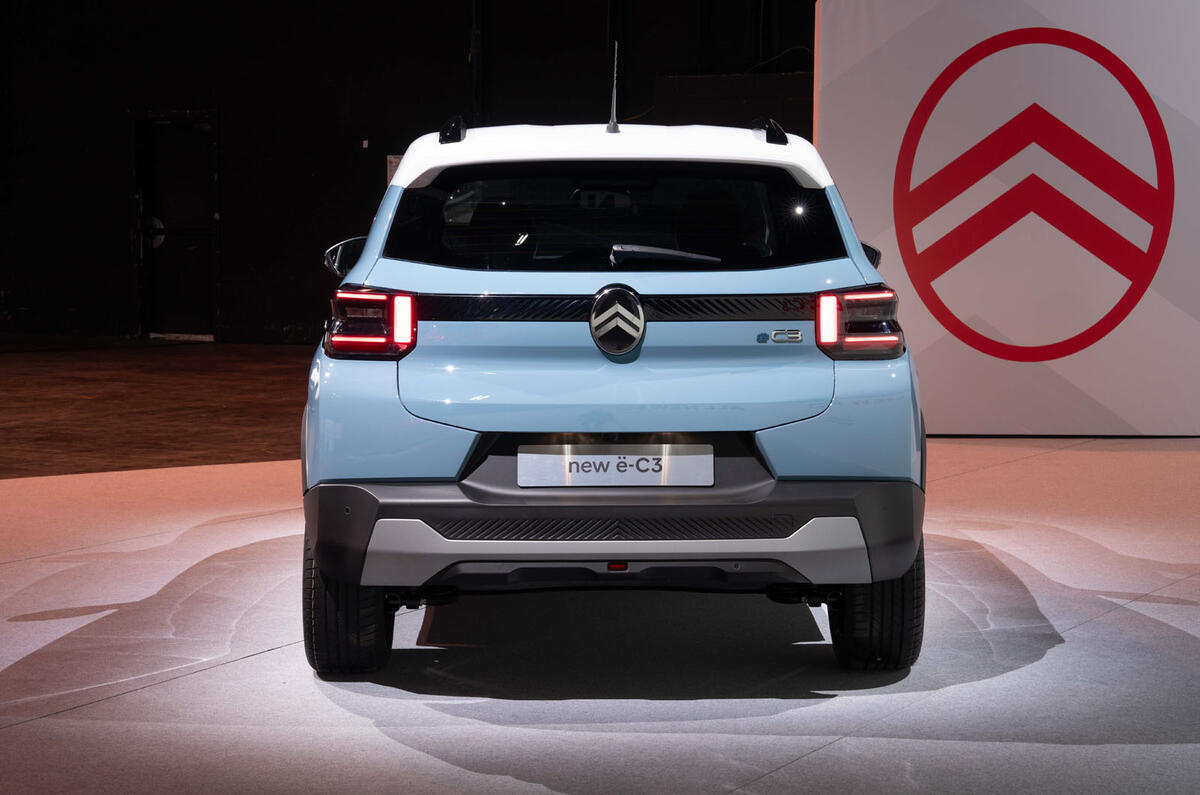
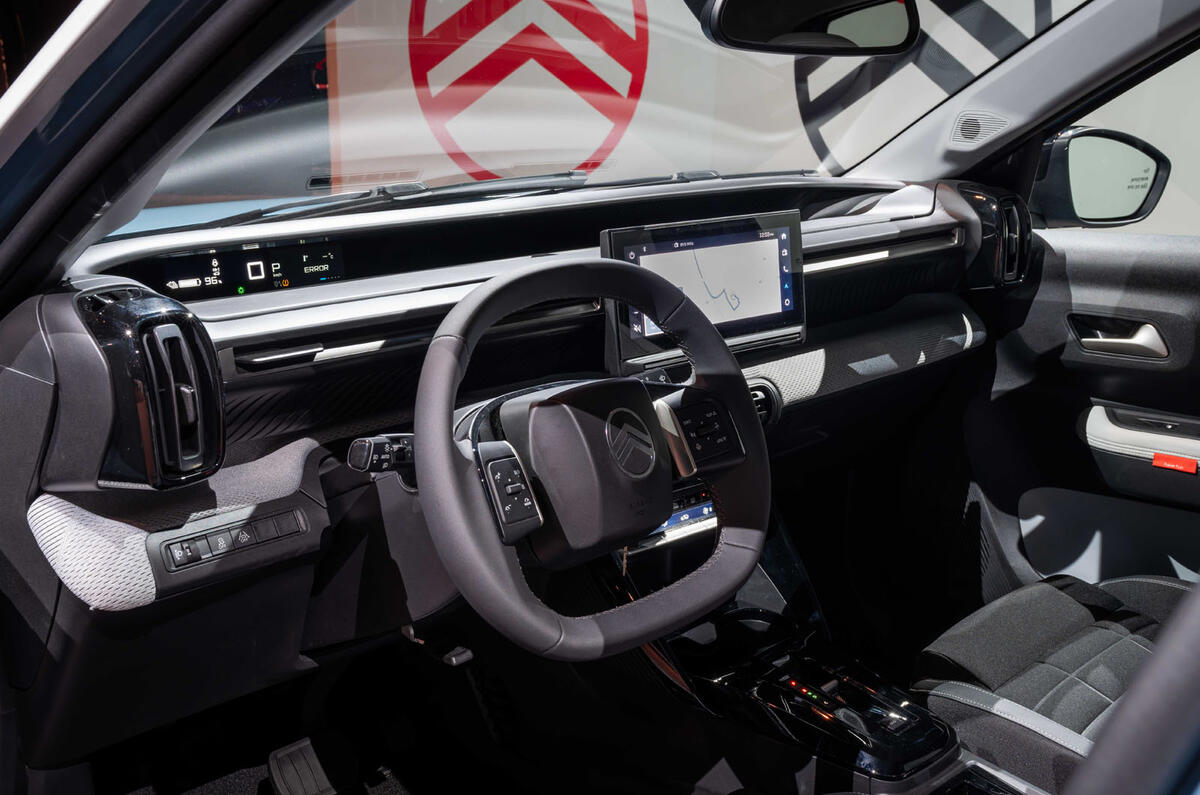
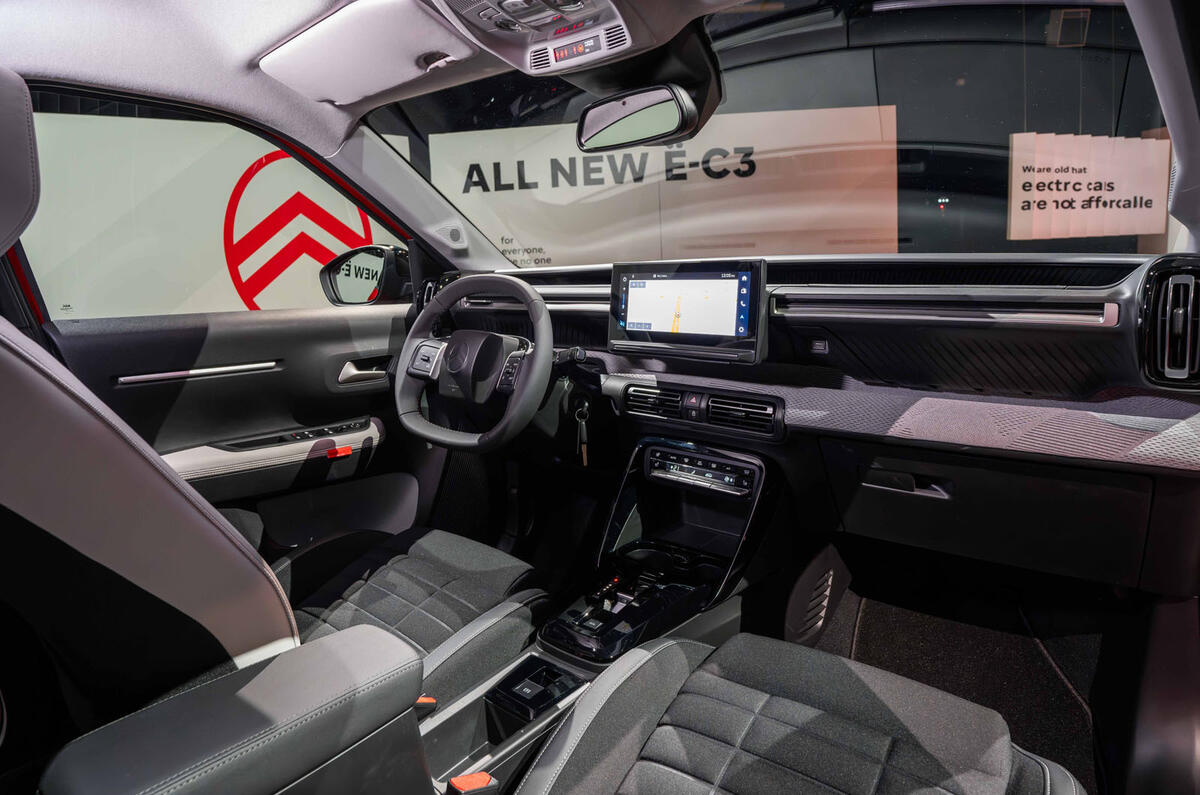
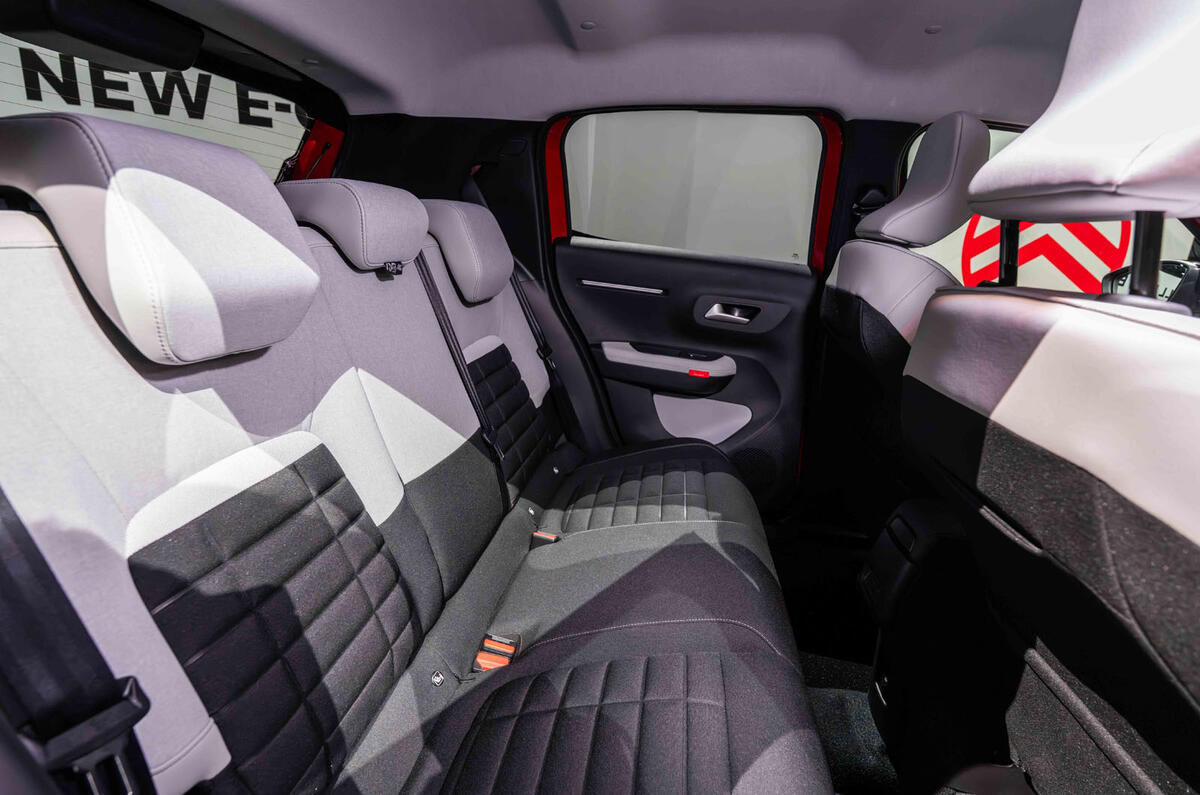




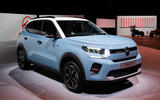













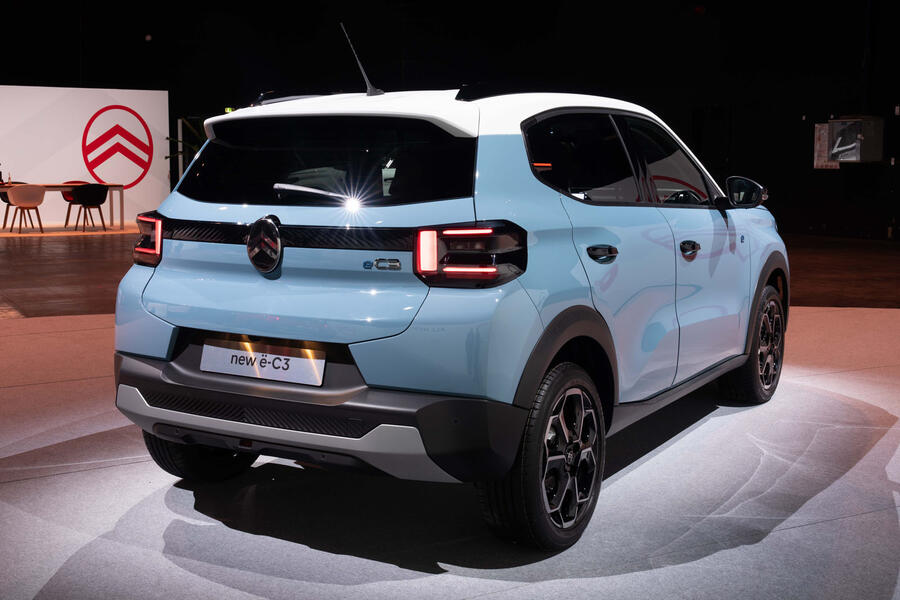
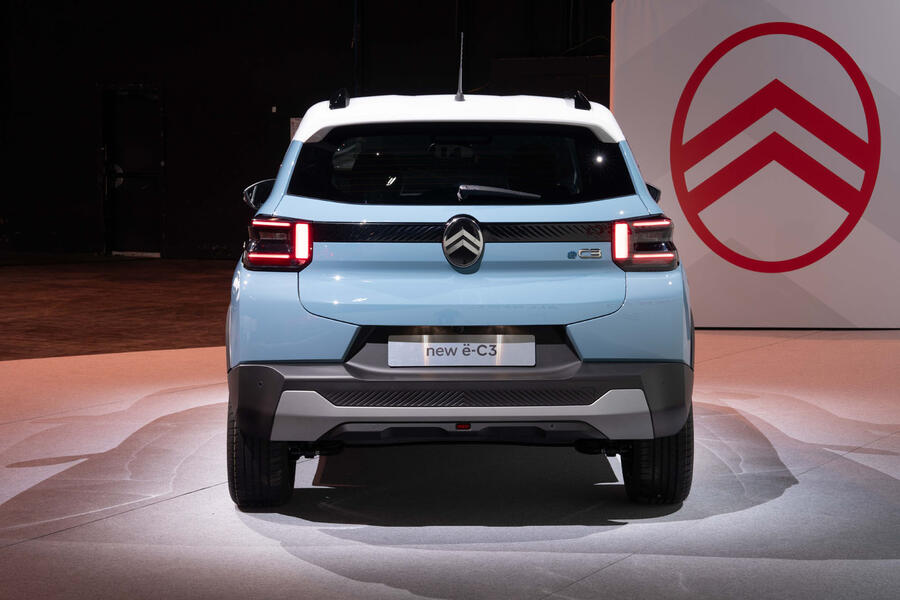

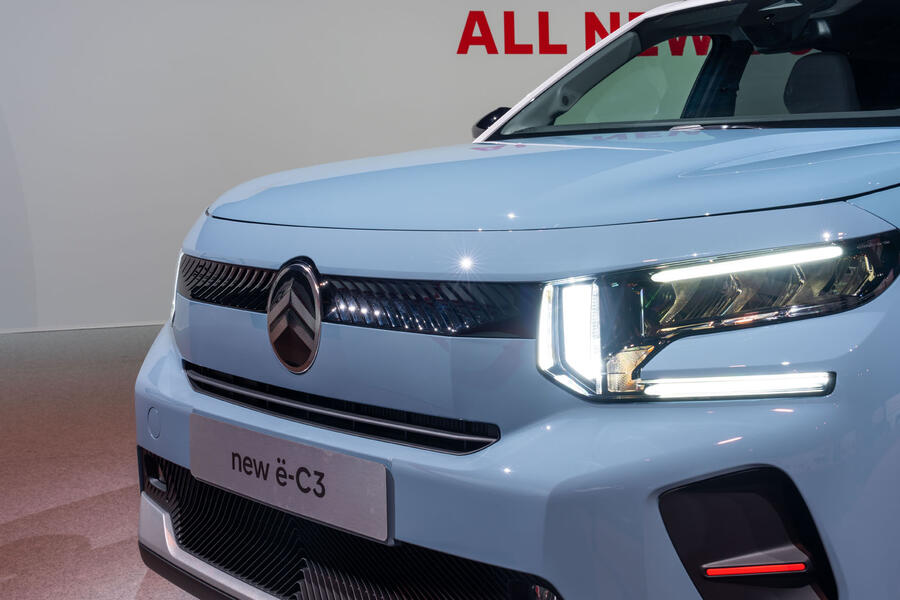





Join the debate
Add your comment
The spiritual successor to the 2cv rhetoric is bollocks - and I'm not a huge fan of the slightly dumpy styling - but kudos to Citroen for hitting a more accessible price point than most of the competition. We need more heat at this end of the market to really drive accessibility....
Just becuase its not exactly the mase as a 2CV doesnt mean it cant be a spiritual successor. The 2CV motorised the masses when car ownership was the preserve of the well to do. We are in exactly the same place now with EVs - and at a price close 20 £20K the eC3 is clearly providing that service now.
How can this fat, high-riding, crossover style hatchback, be in any sense "a spiritual successor to the 2CV"?
Well the 2CV was a slight, high riding, pseudo-hatch. If you were expecting retro, check out the Pembleton! That even uses a 2CV transaxle and gearbox!
Personally I think this class of electric car is getting close to being competitive with ICE cars if you use them in a certain way. If my family bought one we'd use it for lots of short trips around town, so a lower range vehicle might be OK. We'd use an ICE for long haul.
My plan is to put Solar panels and a battery on my house then wait for the electric car to become slightly cheaper.